- Dak Nong implements key investments for sustainable poverty reduction
- Dak Nong: Implementing inclusive and sustainable poverty reduction goals
Promoting household and community capacity
According to the provincial Department of Labor, Invalids and Social Affairs, the province's poverty reduction work has brought practical results, covering a variety of poverty reduction models and projects. Changing the support method from "free" to partial assistance is a very good way in Dak Nong. This method is to help with conditions, so it significantly overcomes the mindset of waiting and relying on preferential policies. Poor households receiving support have become more responsible, bolder and more determined in economic development to escape poverty. The implementation and replication of poverty reduction models has taken advantage of and promoted the capacity of households and communities.
During the implementation process, people's thinking gradually changed. People were proactive in their activities, self-reliant, and created livelihoods to escape poverty. The province has developed an action program to effectively implement the National Target Program on Sustainable Poverty Reduction. In particular, the province identified key tasks, allocated resources, and strived to successfully complete the set goals. In the process of implementing the National Target Program on Sustainable Poverty Reduction, building poverty reduction models is considered one of the important solutions to concretize the Party's policies and the State's policies to the people. Therefore, agencies, units, and localities in the province actively implemented livelihood models, helping people have a source of income and escape poverty. In the period of 2021 - 2025, the province was allocated over 600 billion VND by the Central Government to serve poverty reduction work.
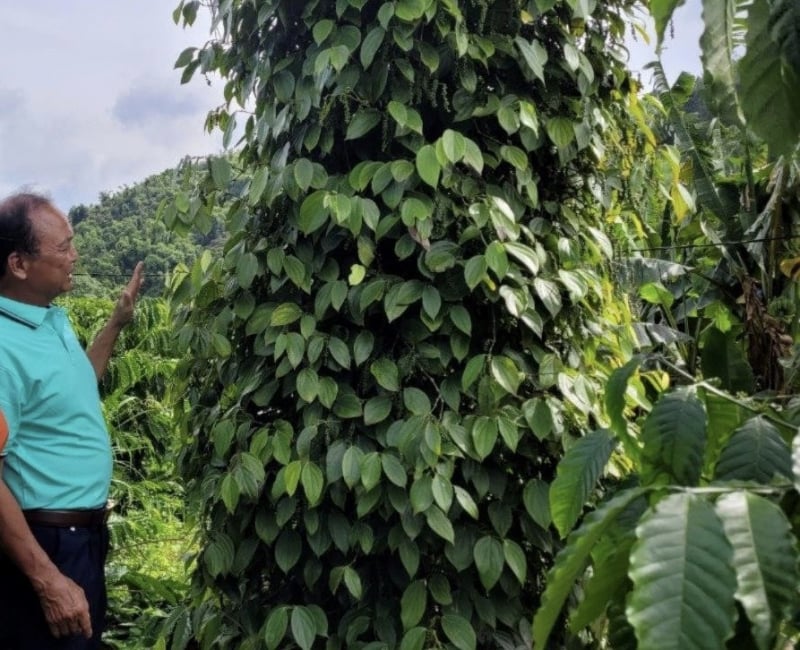
Many families in Dak Nong focus on producing pepper according to international standards to reduce poverty and become rich.
From this capital source, the province focuses on implementing projects, supporting production development, and diversifying livelihoods for the poor. The province has implemented two poverty reduction projects in the poor districts of Dak Glong and Tuy Duc with a total budget of about 450 billion VND. In addition, livelihood support for poor and near-poor households has also been implemented by units and organizations such as the Farmers' Association, the Agricultural Extension Center, the Women's Union, the Veterans' Association, etc. with positive results. In particular, many models have been effective and widely replicated, such as: Raising crossbred fighting chickens in Dak Ha commune (Dak Glong), Dak Ngo (Tuy Duc); raising goats and cows for breeding in Quang Truc commune (Tuy Duc); raising rabbits in Dak Rmoan commune (Gia Nghia); raising black soldier flies for poultry feed and fertilizer in Kien Thanh commune (Dak R'lap)...
Farmers' Associations at all levels have organized support for 6,061 members and farmers to access scientific and technological advances. At the same time, the association has built 39 agricultural production models applying scientific and technological advances. Buon Choah rice granary (Krong Nong) is creating a boost for poor households and ethnic minority households in the area to increase their income and stabilize their lives. By the end of 2022, Dak Nong province had 13,342 poor households, accounting for 7.97% of the province's total households.
Of which, the total number of poor ethnic minority households is 9,589, accounting for 20.11%; the number of poor ethnic minority households in place is 3,892, accounting for 24.56%. The above results have achieved and exceeded the target of Resolution No. 13-NQ/TU dated December 16, 2021 of the Dak Nong Provincial Party Committee on sustainable poverty reduction for the period 2021 - 2025, with a vision to 2030. In addition, to concretize the spirit of Resolution No. 13-NQ/TU, the Provincial Steering Committee for the National Target Program on Poverty Reduction has developed a plan and action program to implement the goal of multidimensional, inclusive and sustainable poverty reduction.
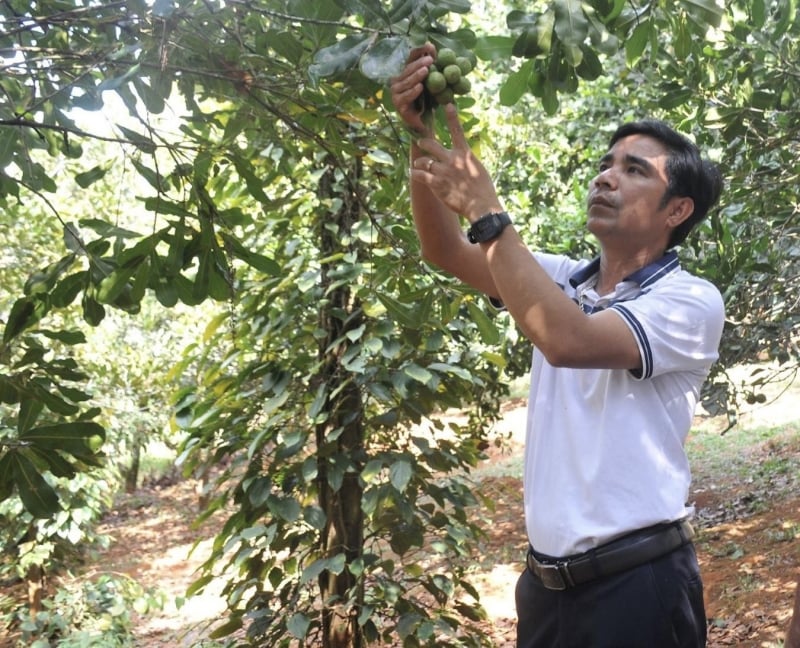
Macadamia trees help many people in Bu Prang I hamlet, Quang Truc commune (Tuy Duc district) have a stable income.
Accordingly, the province strives to reduce the poverty rate by 3% or more each year; and the poverty rate of local ethnic minority households by 5% or more according to the multidimensional poverty standard. In particular, the main targets to be achieved by 2025 are that 100% of poor and near-poor households lacking income criteria will be supported and facilitated to develop production, provide vocational training, create stable jobs, and increase income. 100% of poor and near-poor households lacking basic social services will be partially supported to gradually improve and access services on employment, health care, education, housing, domestic water, sanitation, access to information, etc.
Poverty reduction models and projects in the form of supporting production, business, service, tourism and start-up development have been implemented by the province to create livelihoods, jobs, incomes, and adapt to climate change for the poor. The implementation of the contents and projects of the National Target Program on Sustainable Poverty Reduction in Dak Nong province for the period 2021 - 2025 is consistent with the current situation. Although sustainable poverty reduction has achieved very positive and encouraging results, it still faces difficulties and limitations in the implementation process. This is also a huge challenge in the coming time for Dak Nong. According to the leader of the Department of Labor, Invalids and Social Affairs, the poverty reduction program has synchronous management and high integration. However, in the implementation process, the management agencies implementing projects and policies are still independent and separate without coordination.
In recent times, the province has stepped up propaganda to raise awareness among Party committees, authorities, cadres, party members and people about the National Target Program on Sustainable Poverty Reduction; considering multidimensional poverty reduction as an important, regular and long-term political task of the political and social system, thereby creating consensus in implementing the poverty reduction target.
Currently, poor areas and ethnic minority areas in the province are still the most difficult, with the slowest socio-economic development, especially economic infrastructure, although it has received investment attention, but compared to the needs of socio-economic development, serving the lives of ethnic minorities in the area, there are still many limitations. The rate of poor and near-poor households is still high, the quality of poverty reduction is not really sustainable. In addition, the poor mainly do simple labor in agricultural production, are directly affected by climate change and increasingly complicated epidemic developments. Therefore, the implementation of the province's poverty reduction policy faces many difficulties and challenges.
Future goals
In the coming time, Dak Nong will implement sustainable multidimensional poverty reduction, limit re-poverty and poverty generation; support the poor and poor households to overcome the minimum living standard, access basic social services according to the national multidimensional poverty standard, improve the quality of life; focus resources to support poor districts to escape poverty; strive to complete the poverty reduction targets for the period 2021 - 2025, contributing to achieving the goals set out in the Resolution of the 12th Provincial Party Congress, making Dak Nong "become a fairly average province by 2025 and a fairly developed province by 2030 in the Central Highlands region". Strive to reduce the poverty rate in 2023 (according to the multidimensional poverty standard for the period 2022 - 2025) by 3% or more; in which, poor households of ethnic minorities in the area will reduce by 5% or more.
Focus on effectively implementing projects and sub-projects under the National Target Program on Sustainable Poverty Reduction in 2023 in the area. Continue to deploy and effectively direct the implementation of poverty reduction policies such as: Preferential credit; vocational training; healthcare; education; legal aid. Assign and decentralize responsibilities of each level and related departments, offices and units in organizing the implementation of the program according to the principle of strengthening decentralization and promoting the sense of responsibility at the grassroots level.
Strengthen information and propaganda to raise awareness and responsibility of agencies, organizations, unions and people in the area in implementing the program; commend, encourage and replicate typical advanced models, strive to escape poverty. Check and monitor the implementation of the program in localities; synthesize the results of program implementation, report results periodically and suddenly to the Provincial People's Committee, Department of Labor, Invalids and Social Affairs, project management units, and component sub-projects according to regulations.
Source link








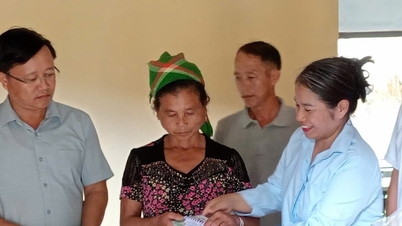




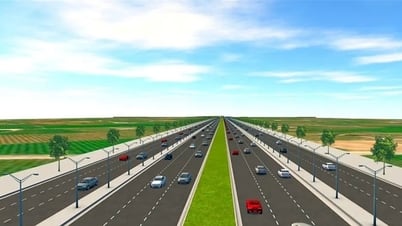
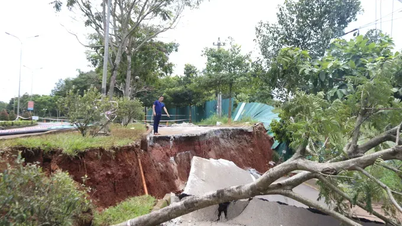

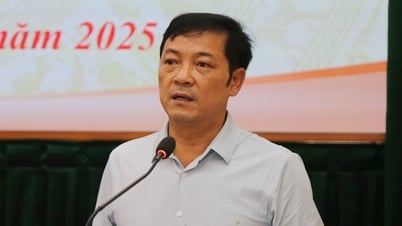

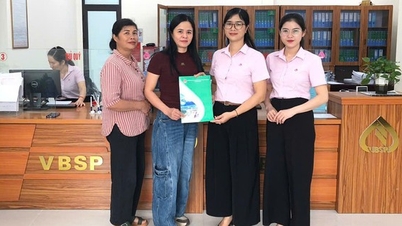

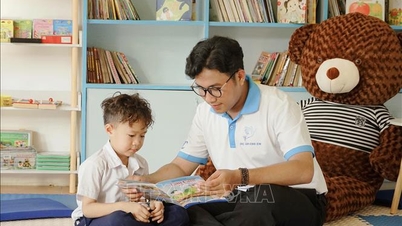



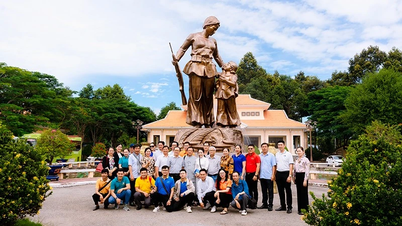


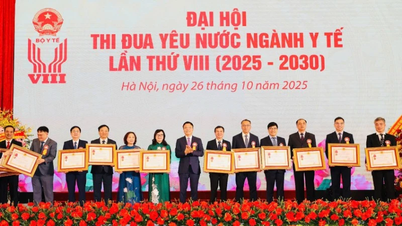






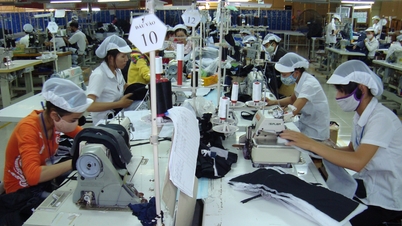

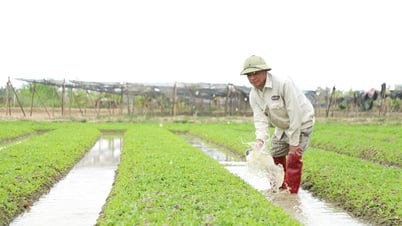











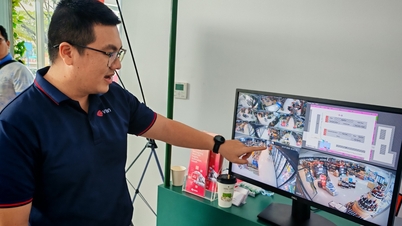

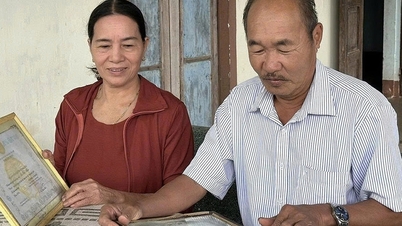

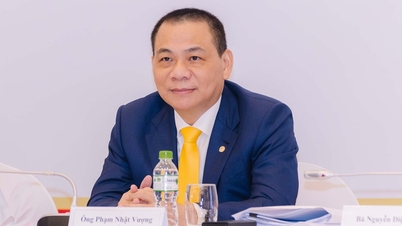






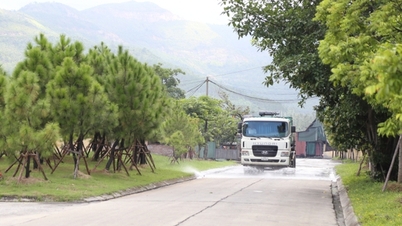





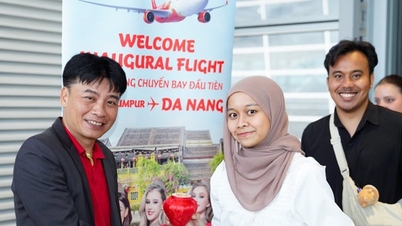





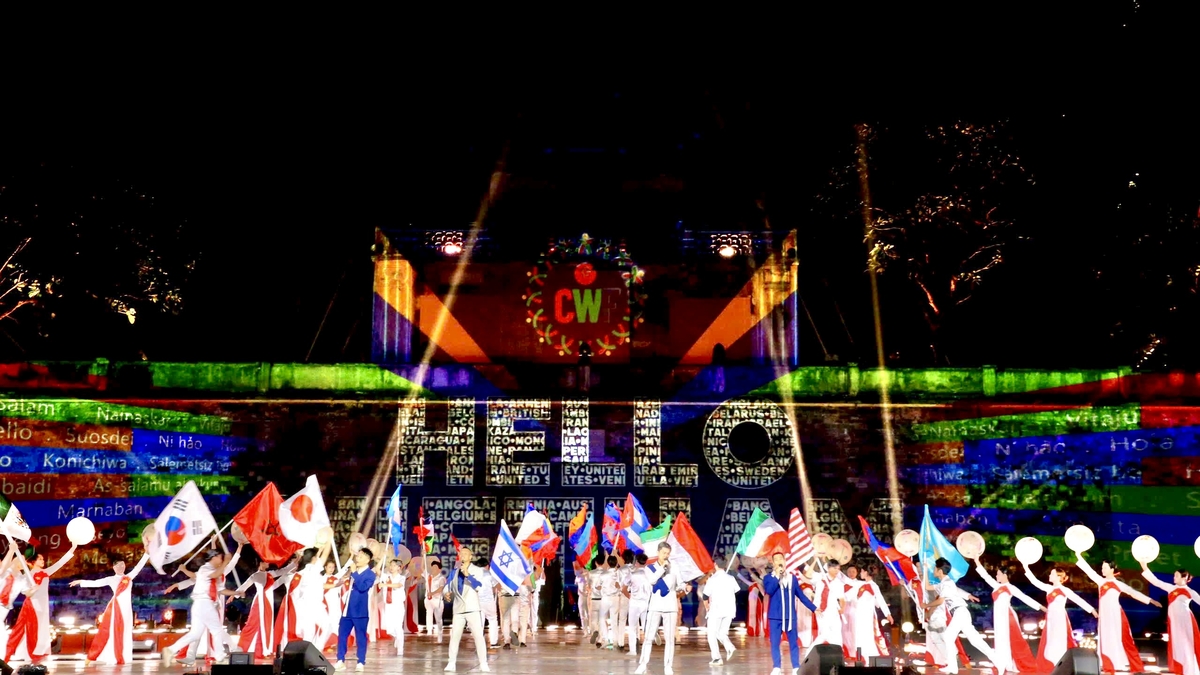

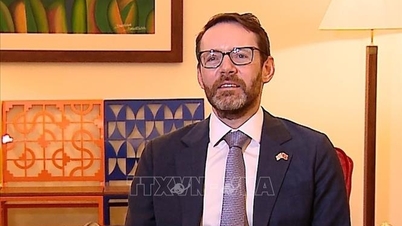


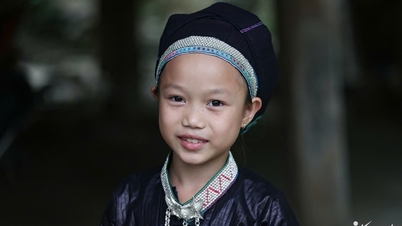


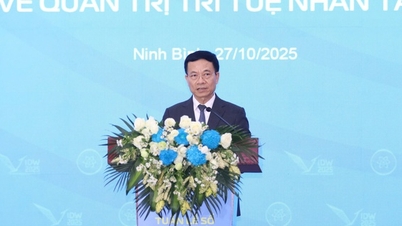
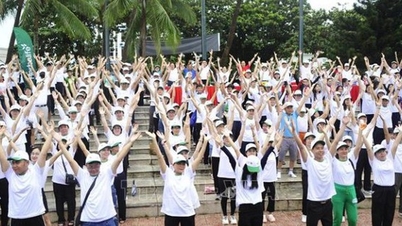



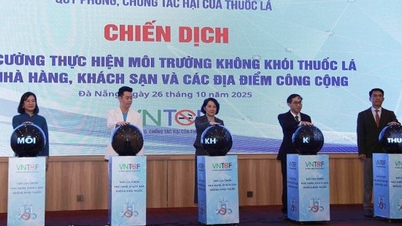
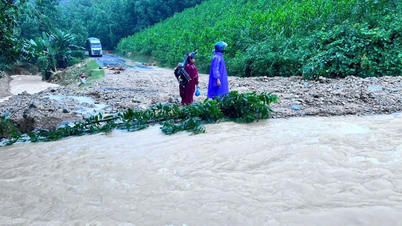
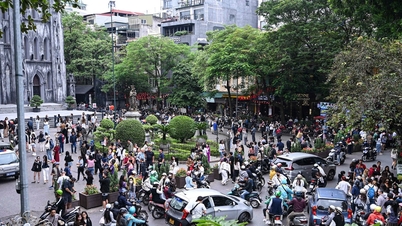



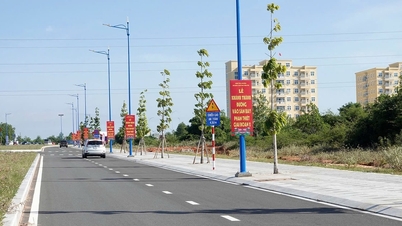

















Comment (0)